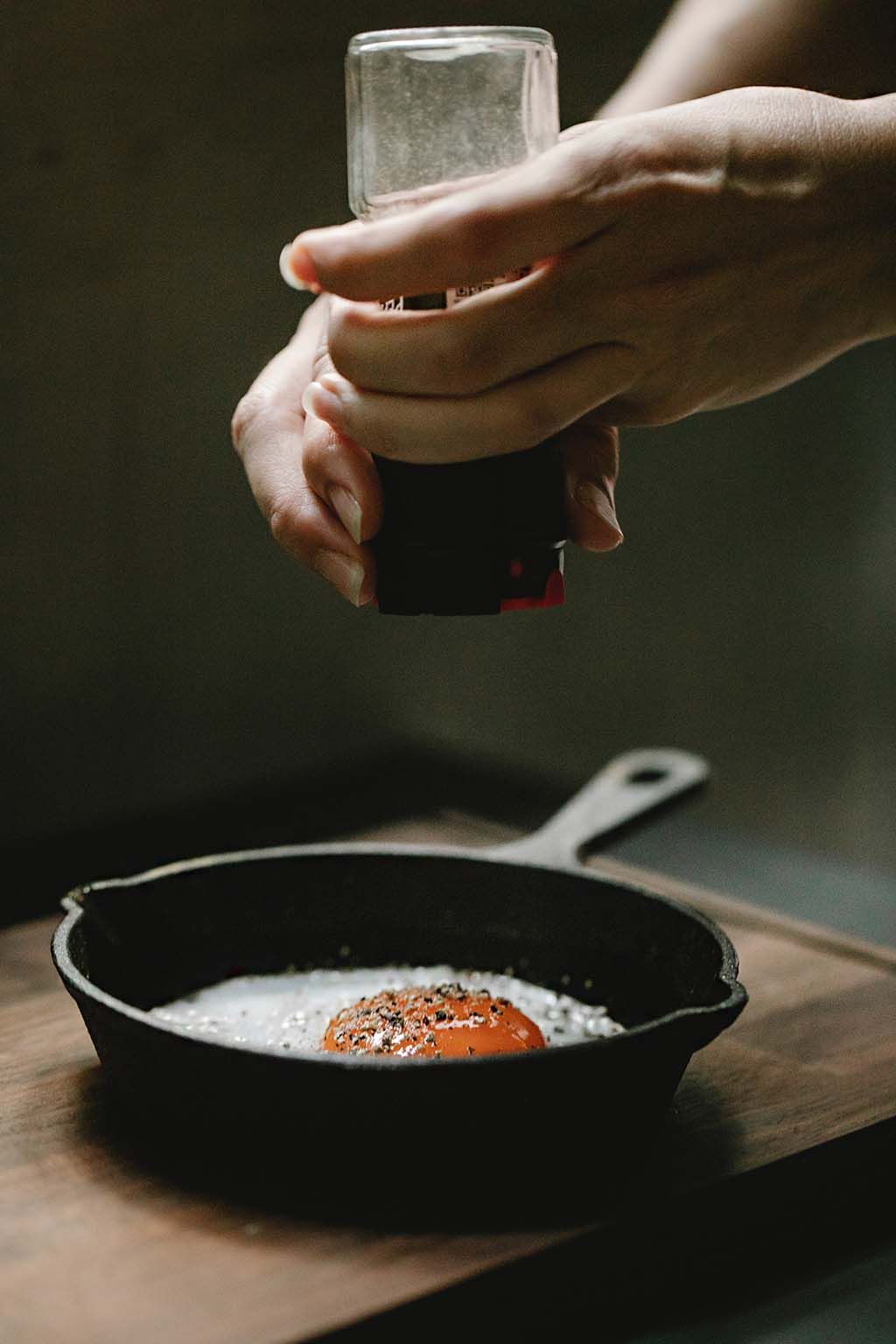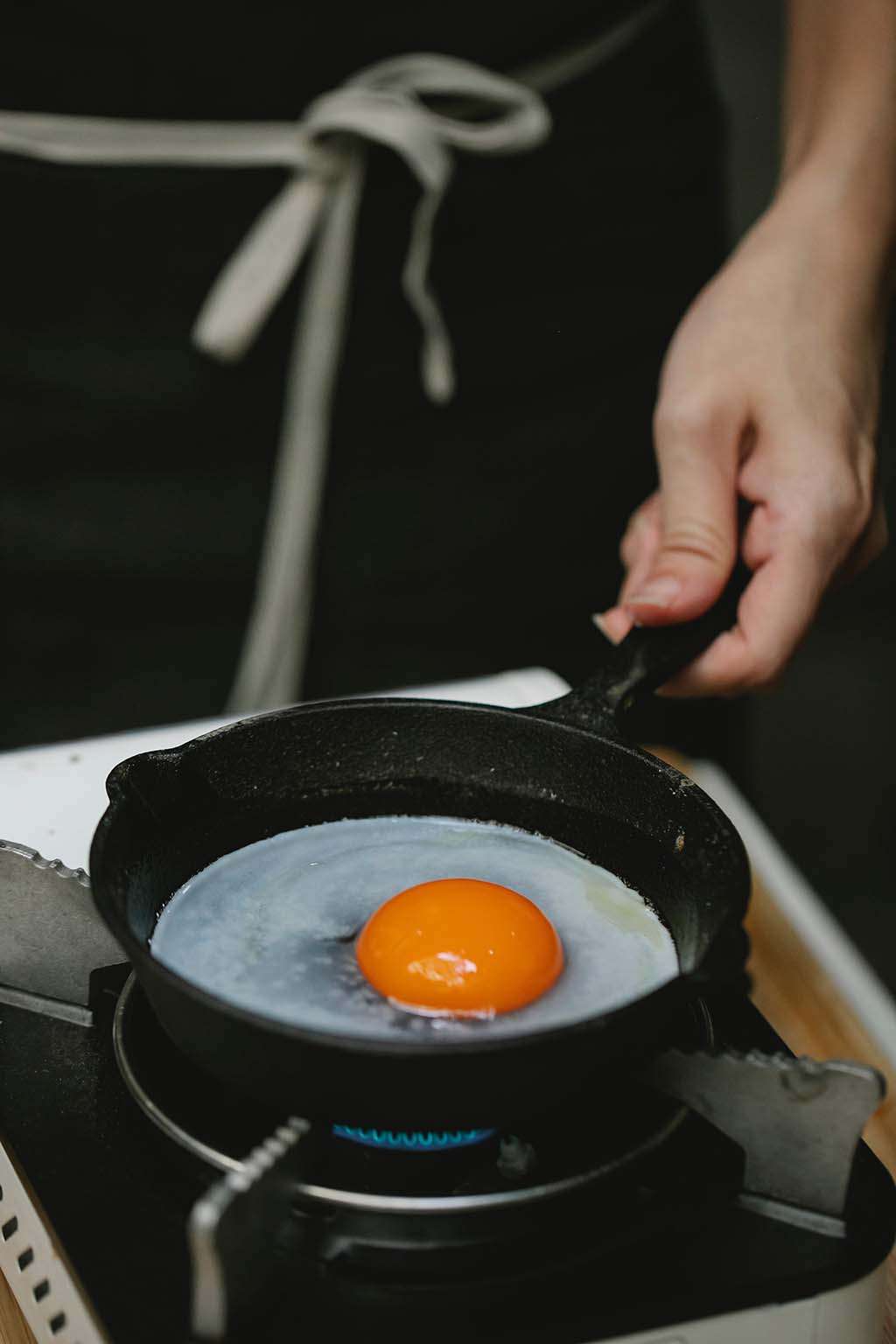Extremely durable but still confusing?

Cast iron is an extremely durable material that lasts for years. However, you need to know what to look for in a cast iron pan to make sure you're getting your money's worth.
When it comes to purchasing new cookware, consumers have a range of options that aren't limited to stainless steel, ceramic, or aluminum. In fact, some of the best and most durable cookware is made from cast iron.
In the 1970s, the cost of manufacturing cast iron cookware was relatively low, and the market flooded with affordable cast iron pans. This meant that consumers could save money by purchasing inexpensive pans, but they were often made from inferior metals that wouldn't hold up to heat or pressure.
In the 1980s, the demand for cast iron increased as consumers began to realize its benefits. While cast iron pans weren't quite as durable as aluminum, they were still considered a viable choice. At this point, manufacturers began to invest more heavily in the materials used to create cast iron cookware.
In the 1990s, the cost of manufacturing cast iron cookware increased significantly. This was due to the fact that cast iron cookware is a labor-intensive process, and the increase in labor was driven by increased demand and the fact that there was no other option.
During this time, many of the high-end manufacturers produced their cookware exclusively from cast iron. They believed the metal was what defined their product.
The price of cast iron cookware has remained relatively consistent over the past several decades, despite the overall drop in the price of manufacturing. In fact, prices have remained steady because there is a limited amount of supply.
What is the estimated cost of buying cast iron cookware in the market as of today?
It's estimated that it costs between $200 and $500 to make a 10-inch cast iron skillet.
Of course, if you're looking for the best cast-iron cookware, then you need to pay a little bit more. Some high-quality pots and pans can run you anywhere from $100 to $300 per pan. When it comes to casted iron pans, the price tags don't end there. For the same price as the cheapest cast iron skillet, you could own four or five cast iron skillets. A good pot or pan should never cost more than $40.
What Makes Cast Iron Cookware So Expensive?
The best cast-iron cookware is considered by many to be the most expensive item in the kitchen.
The reason for this is the process required to make the cookware and its longevity makes it a very special product. As we explain in our article “Why Is Cast Iron So Expensive?”, a typical piece of cast iron can cost several thousand dollars and requires a multi-step process to create.
Cast iron is extremely heavy and is therefore costly to produce. It is a natural resource and a labor-intensive product. It must be hand-crafted by skilled artisans who have spent years perfecting the techniques to create beautiful pieces of cookware. It is made from iron ore that has been mined from the earth. The ore must be refined to remove impurities such as sulfur and magnesium before it can be used to make cast iron.
The first step is a sand mold, which is a casting that shapes the exterior of the product. The second is a ceramic core, which helps give the cookware strength and durability. The third is a fire-breathing kiln where the iron is heated until it becomes malleable. Then the metal is molded into the shape you want.
The process also makes cast iron pans more prone to defects. Because of the way the metal is produced, there is a risk of warpage in the pans. So once a pan is made, it must be checked for defects. This adds up to a very expensive manufacturing process.
How to Make Cast Iron Cookware Last Longer?
Many things contribute to the lifespan of your cast iron cookware, such as proper maintenance. You should follow these steps to help keep your cast iron cookware in top condition, helping your investment last longer.
1. Grease
Greasing is an essential step in keeping your cast iron cookware in top shape. Use a little oil or soap and a soft cloth. Always use non-stick spray on your cookware instead of greasing it yourself.
2. Dry
Keep your cast iron cookware free of moisture and use a drying rack to keep it away from moisture. Your cast iron should be dry before storing.
3. Season
Use only salt and water to season your cookware. Never wash your cast iron cookware with dishwashing detergent. When it’s time to clean your cast iron cookware, follow the instructions on the side of the container.
4. Clean
Cast iron cookware needs to be cleaned after every use. Make sure you rinse out any leftover food and wash your pan to remove any debris and residue.
When Is It Time to Switch to Other Cookware?
Cast iron cookware has been around for centuries, and despite its popularity, it is still an expensive investment.
Cast iron cookware is sturdy, durable, and comes in many sizes. It heats up quickly and can be used for high heat cooking, like searing meats and melting chocolate, as well as for low heat cooking, like simmering sauces and boiling water. The cast iron pot can last forever, as long as it is properly cared for, and there is no need to worry about it rusting.
There are pros and cons to buying cast iron cookware. Cast iron cookware does tend to be heavy, which makes them difficult to move around. It can be hard to clean, especially after using it for years. However, cast iron is more efficient than other types of cookware, like stainless steel, and can produce a better result.
There are times when it is time to replace your cast iron cookware, and non-stick cookware is a great alternative. Non-stick cookware is lighter, and you can wash it more often, saving on cleaning expenses. You can use it for searing meats and melting chocolate, as well as for low heat cooking, like simmering sauces and boiling water.
Cast iron is not a perfect cooking surface, but it's a great choice if you are willing to pay THE price. If you want to upgrade to a non-stick pan or a ceramic pan, check out our non-stick cookware guide and the ceramic cookware guide.
While cast iron cookware is a durable investment, it is time to replace it with non-stick cookware when:
- It has been in use for a long time, such as 20 or more years
- You don’t plan on cooking with cast iron anymore
- It is time to replace your stainless steel cookware, which is becoming popular










